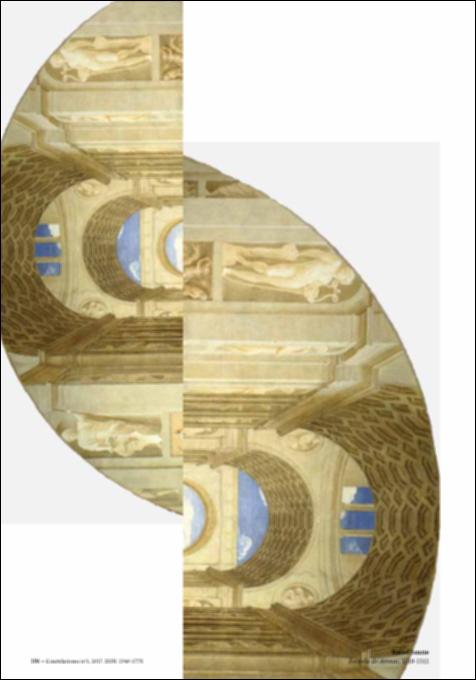Please use this identifier to cite or link to this item:
http://hdl.handle.net/10637/11883La teoría como forma de práctica: Tomás Llorens, un filósofo en el consejo de redacción de Arquitecturas Bis (1974-1985)
| Title: | La teoría como forma de práctica: Tomás Llorens, un filósofo en el consejo de redacción de Arquitecturas Bis (1974-1985) La teoría como forma de práctica. Tomás Llorens, un filósofo en el consejo de redacción de Arquitecturas Bis (1974-1985) |
| Authors : | Valdivieso, Alejandro |
| Keywords: | Arquitecturas Bis; Tomás Llorens; Teoría; Filosofía; Historia; Revistas; 'after-modern'; Arquitecturas Bis; Theory; Philosophy; History; Magazines |
| Abstract: | Tomás Llorens fue uno de los dos miembros no arquitectos del consejo
de redacción de la revista Arquitecturas Bis, publicada en Barcelona entre
1974 y 1985. Durante este periodo, Llorens participó en algunos de los
más destacados debates y encuentros que caracterizaron la irrupción de
las denominadas posiciones ideológicas 'after-modern', primero desde
España y después desde Inglaterra. El presente texto tiene como objetivo
ahondar en dos aspectos: la manera en la que nuevas herramientas teóricas
ajenas a la disciplina de la arquitectura –ciencias humanas y teoría
crítica: semiótica, estructuralismo o sociología– pudieron contribuir a
re-pensar el discurso arquitectónico y a asumir la teoría como una forma
de práctica. Por otra parte, como estas nuevas estrategias de pensamiento
fueron difundidas, a través de un conjunto limitado de publicaciones
caracterizadas por un nuevo impulso filosófico e historiográfico;
una lectura crítica de la modernidad y la consecuente emergencia de
teorías e historias de 'resistencia' o 'reacción', junto con el compromiso y
acogida de aquellos dominios propios de la teoría cultural. Tomás Llorens was one of the two non-architect editors of the Spanish magazine Arquitecturas Bis, published in Barcelona from 1974 to 1985. During the life of the magazine, Llorens participated in some of the most important debates that surrounded the so-called 'after modern' theoretical emergence, first from and within Spain, and afterwards in England. The paper aims to decipher two questions: the way in which theoretical tools from outside the discipline –human sciences and critical theory: semiotics, structuralism or sociology– were able to contribute to rethink architectural discourse and make theory understandable as a form of practice. On the other hand, demonstrate how the aforementioned rethinking architecture condition was filtered and disseminated through a specific conjunction of publications, characterized with a new philosophical and historiographic impulse; a significant sign of an age that brought the rise of architectural theory in a context of critical reading of modernism and the consequent emergence of theories and histories of 'resistance' or 'reaction', together with the engagement and reception to the whole domain of cultural theory. |
| Description: | En: Constelaciones. ISSN. 2340-177X. n. 5, 2017, pp 107-125 |
| URI: | http://hdl.handle.net/10637/11883 |
| Rights : | http://creativecommons.org/licenses/by-nc-nd/4.0/deed.es |
| Issue Date: | 1-May-2017 |
| Appears in Collections: | Núm. 5 (2017) |
Items in DSpace are protected by copyright, with all rights reserved, unless otherwise indicated.


